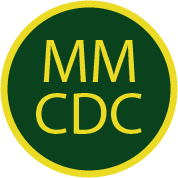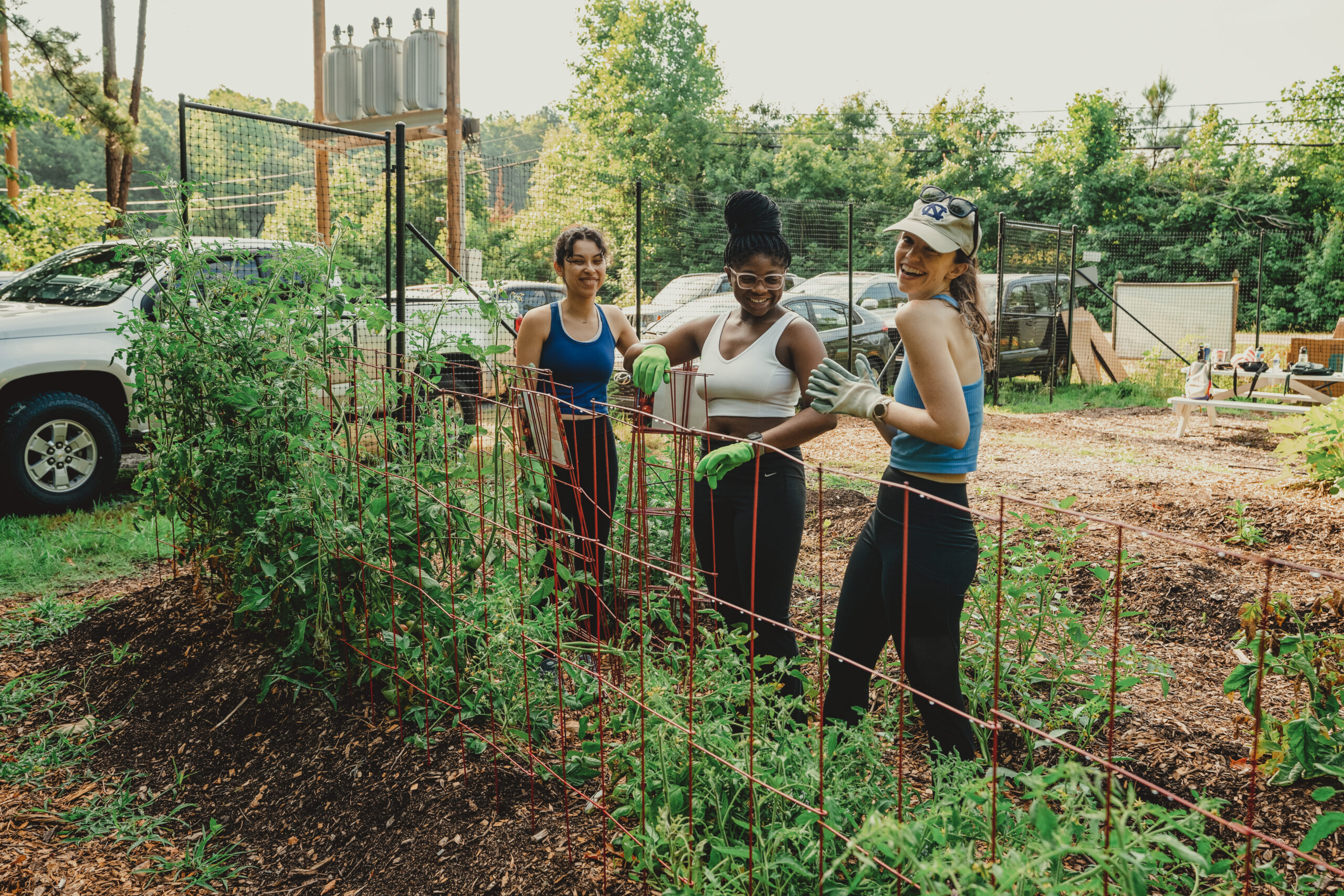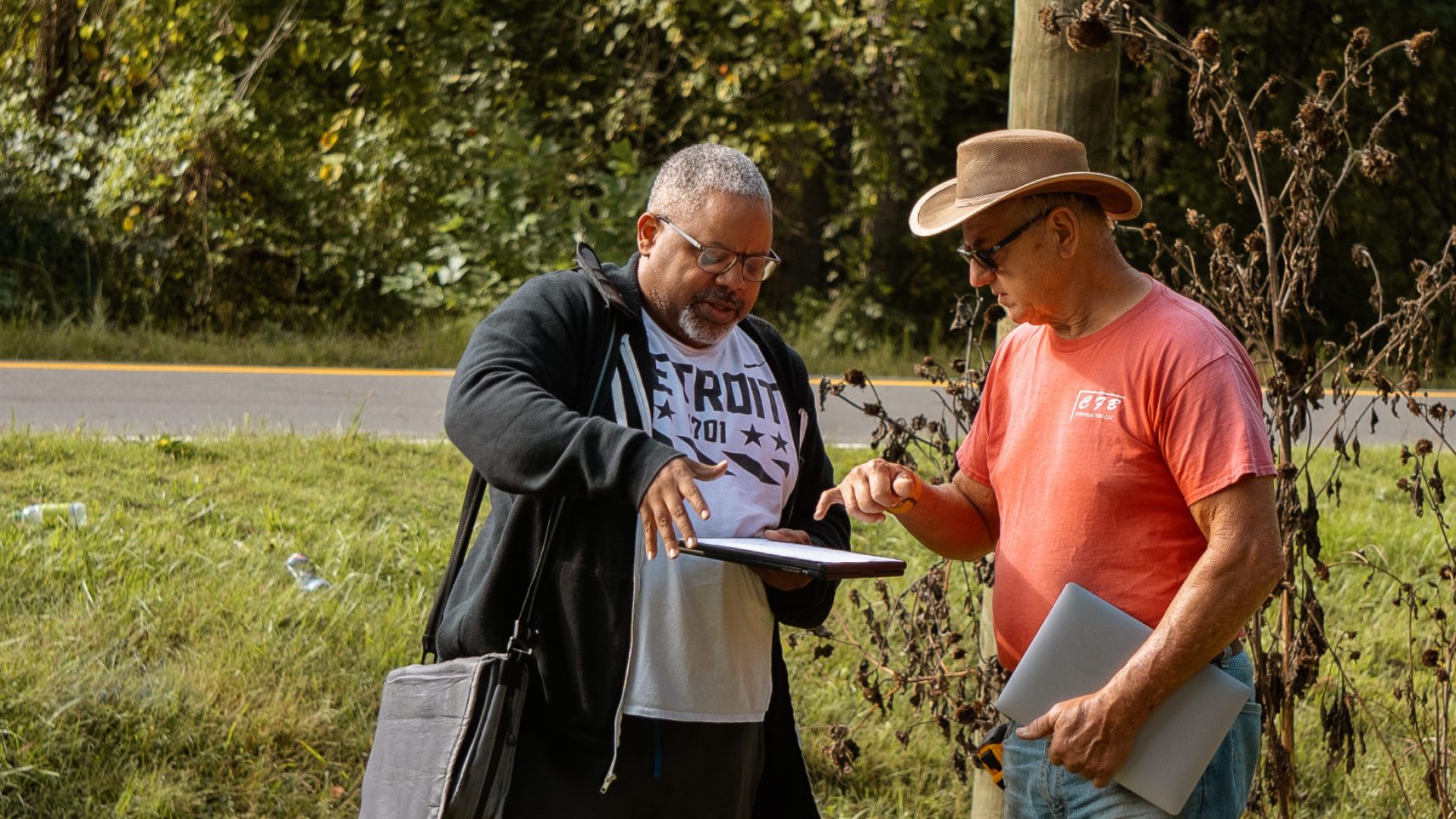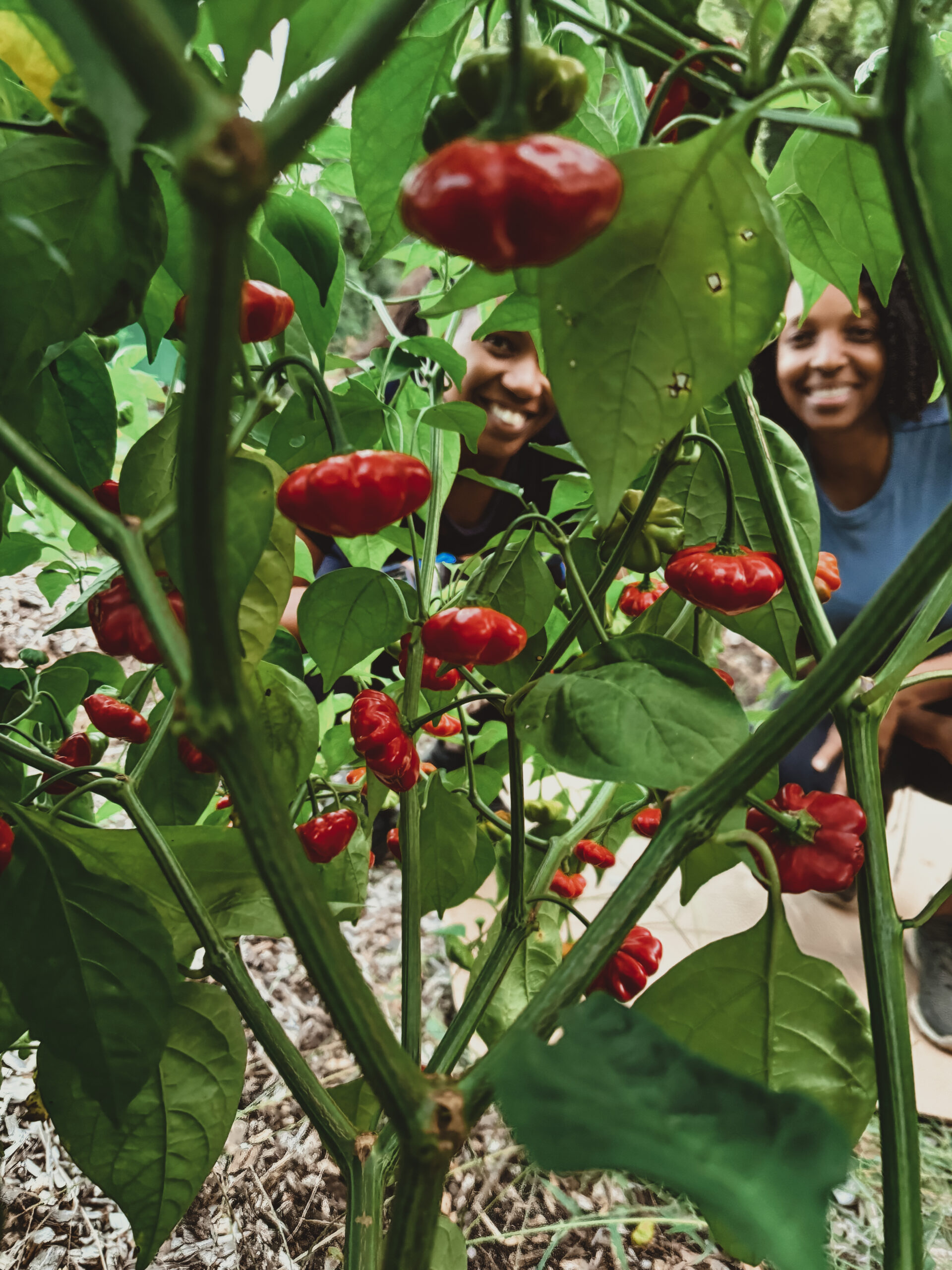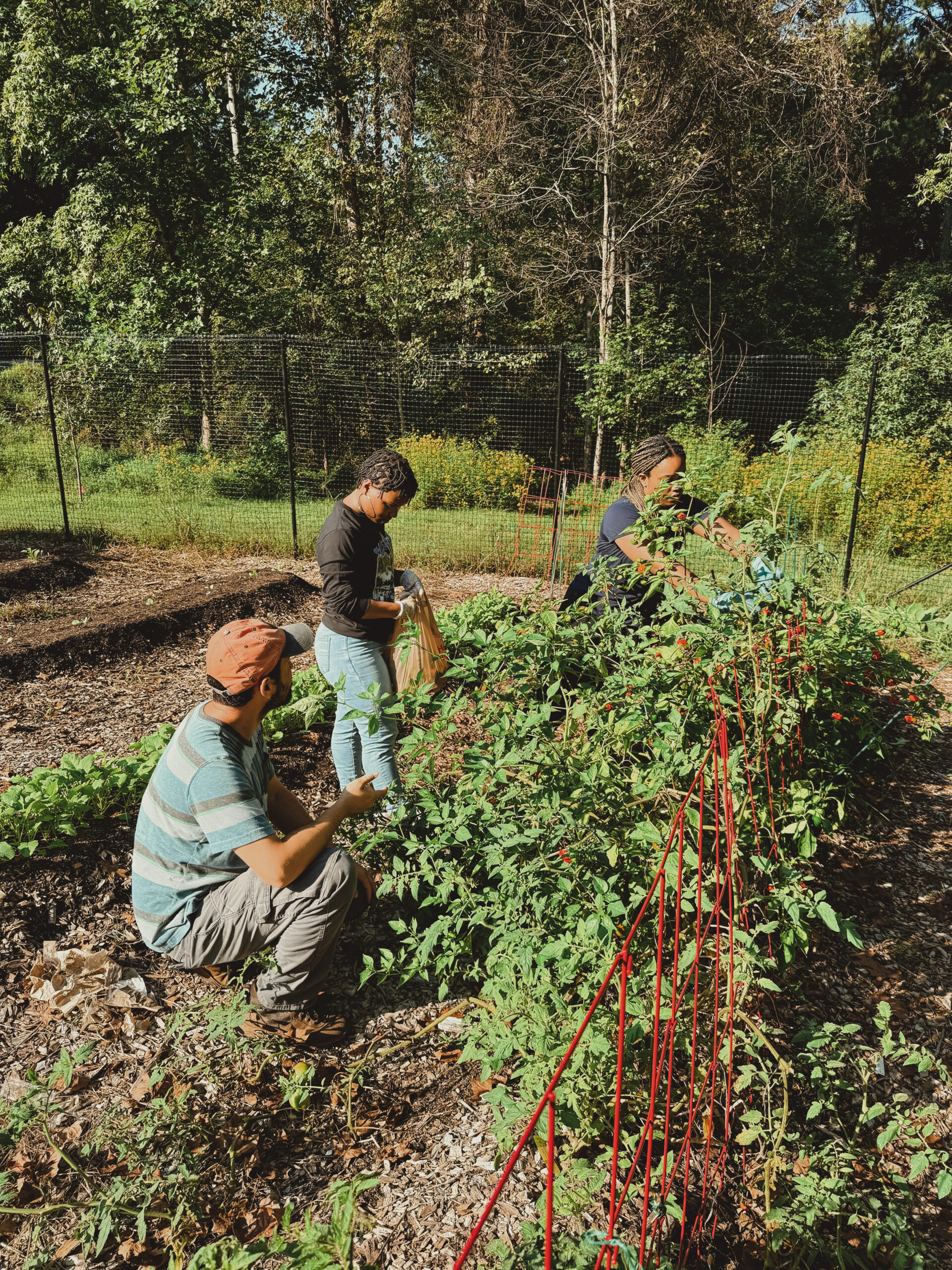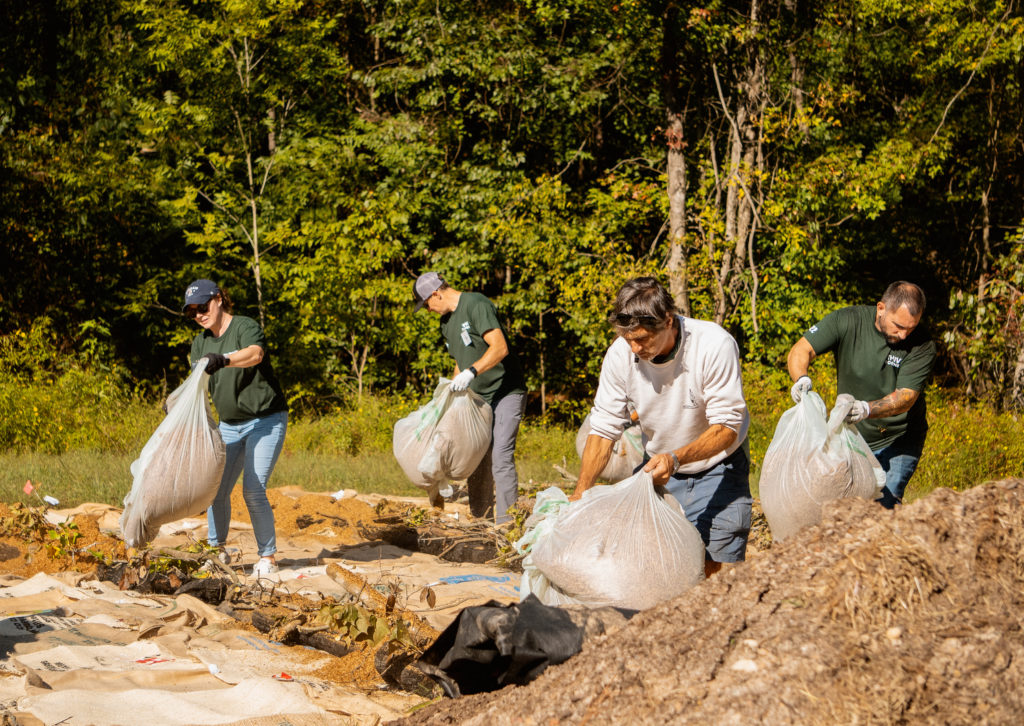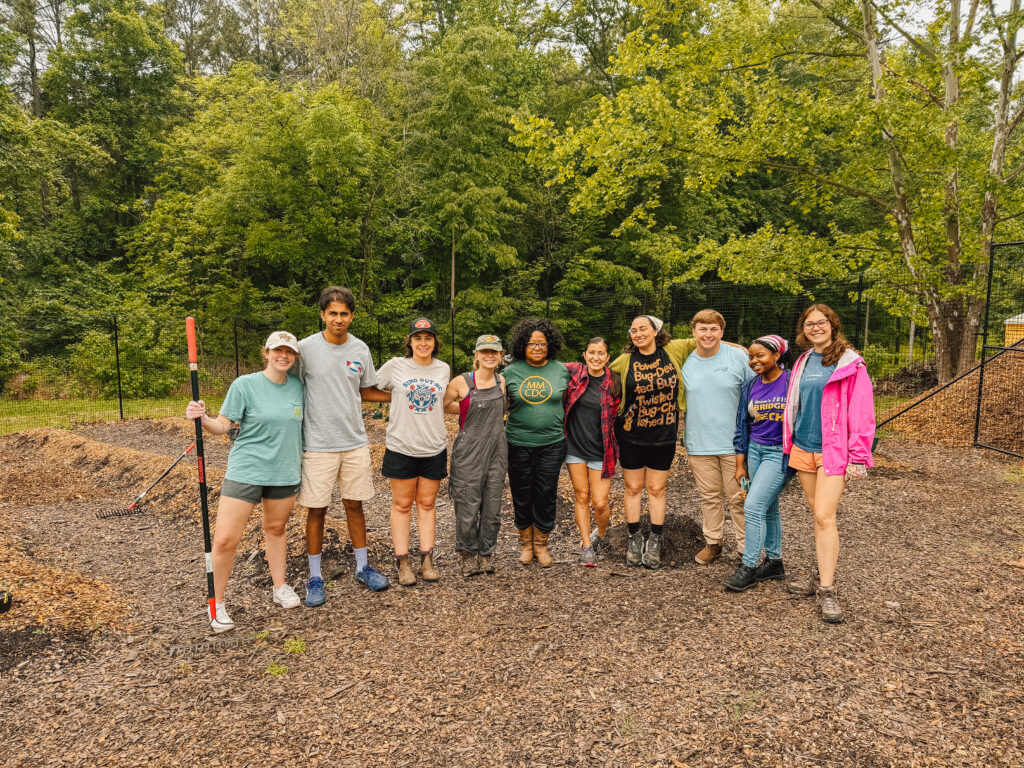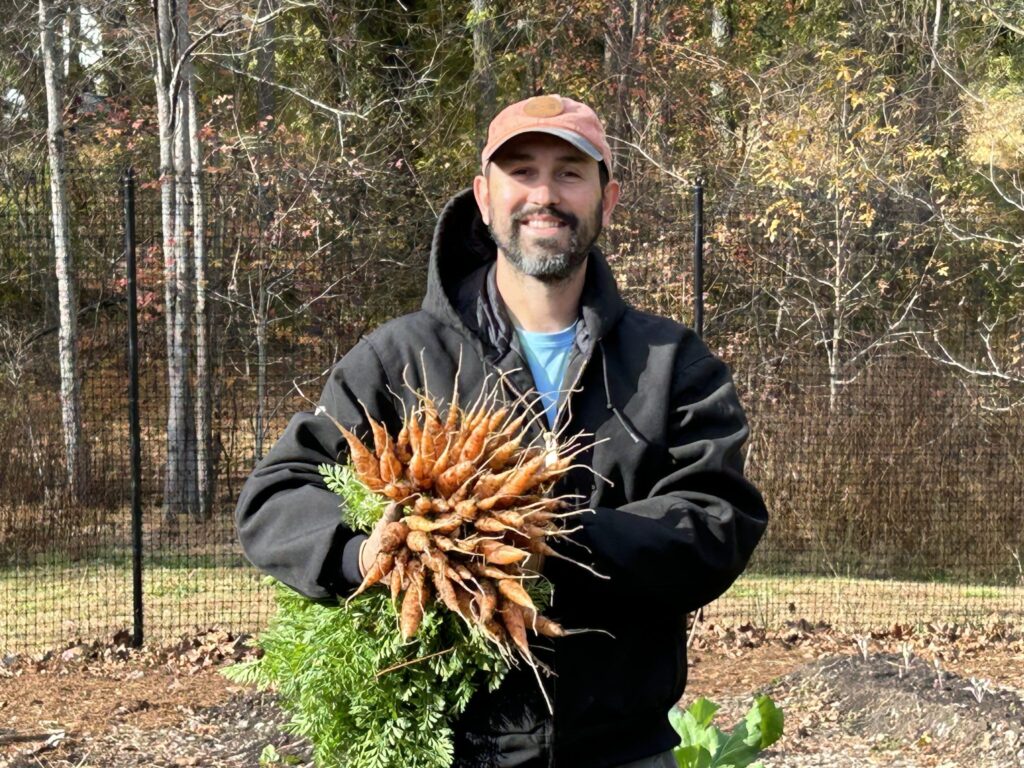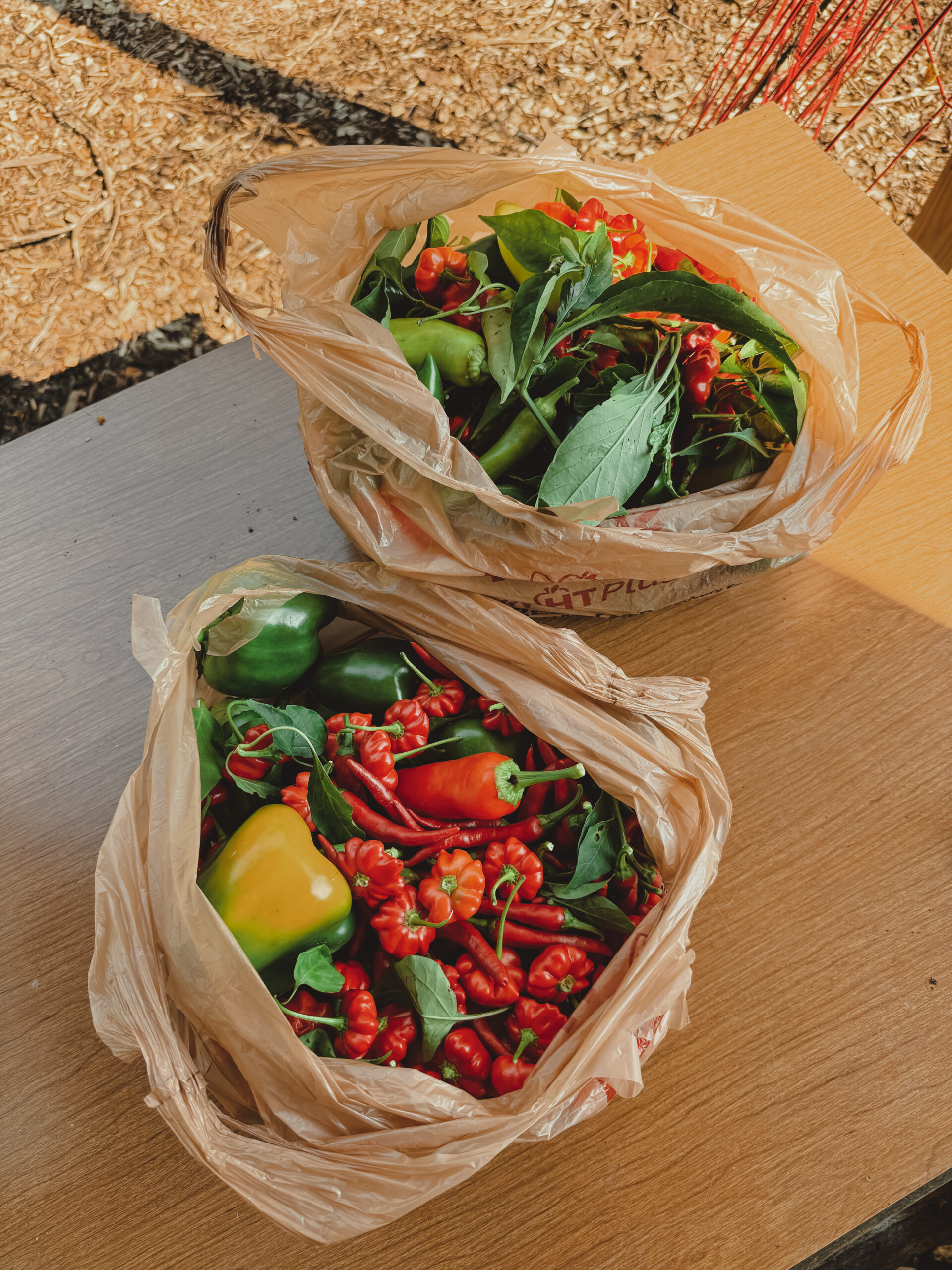Merrick-Moore community is steeped in the tradition of inground gardening. Many of the original residents were born from a life of sharecropping. Gardens were a lot of work but brought a great sense of pride in having neatly planted rows that were weed-free and produced an abundance of food to feed your family and others. My father’s mantra was to plant more than you need so that you have enough to share with those in need.
The Samuel Green Sr. Community Garden is named after my father who was a master gardener. We wanted to honor the practice of in-ground gardening utilizing the hügelkultur technique. Our vision is a space that will host a community garden and food forest, a place where community members can gather to connect, and a haven for wildlife.
-Bonita Green, MMCDC Executive Director
